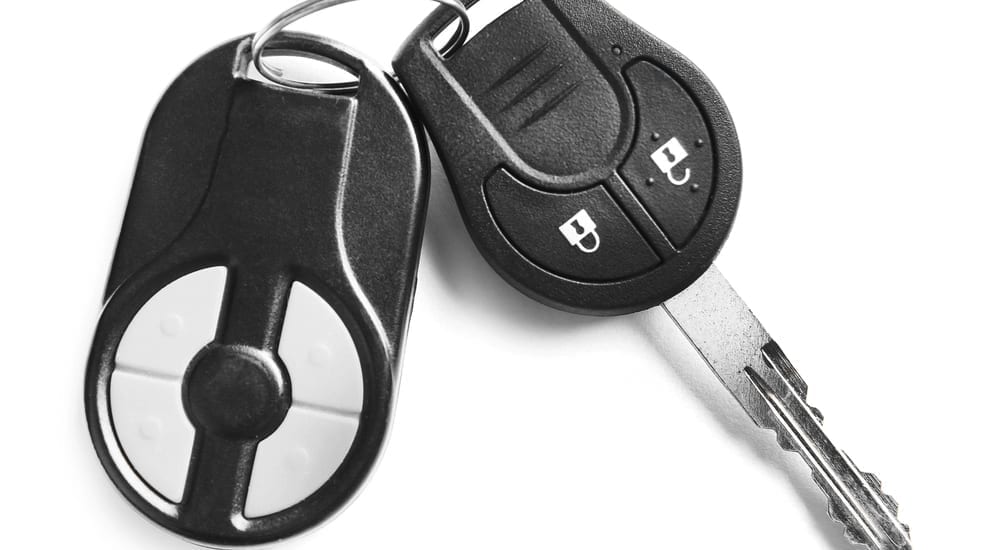When buying a car there is no shortage of options. From make and model to year and trim level, the choices go on to include a selection of dealerships, financing options and any number of other headaches that can turn car-buying into a downright chore. Bottom-line, there are no shortage of choices to be made (and headaches to be endured) when you’re looking to buy a car.
With this in mind, why do we so often ‘glaze over’ the consideration of buying ‘new’ or ‘used’? As if we live in some sort of binary world where these exist as our only two options, so many consumers are focused on black and white definitions of each, instead of recognizing the shades of gray that are available to them.
Rest assured, we want you to buy new cars (our economy would collapse without it) but you should feel good about buying used cars if that’s what suits you better. Yes, car buying is about choices, but not all the choices should be overwhelming. In addition, we should stop treating the decision to buy used cars like its some sort of consolation prize for those who can’t afford to buy new.
If anything, it proves to be a smarter choice in many ways. When shopping for used cars, drivers recognize this, proving themselves among the most informed and prudent of consumers. With that in mind, let’s explore some of the considerations that help them to reach that conclusion.
Not all Used Vehicles are Created Equal
Let’s get this point right out there. For so many, the phrase ‘used cars comes with a negative connotation. Most of this results from the culture most-commonly associated with used cars of the past: shady side-of-the-road lots full of lemons, fast-dealing salesman and the inevitability of buyer remorse.
While all stereotypes tend to have some basis in reality, it’s important to understand that the marketplace has evolved, at both the dealership and manufacturer level. This is only reinforced by consumer trends.
First, an ever-growing number of customers opting to lease (versus buy) means that used vehicle inventories contain more recent model years than ever before. Second, a large percentage of today’s vehicles are maintained better than vehicles of the past. In comparing today’s used car inventories to that of years past, it’s easy to see how far we’ve come.
Pre-Owned versus Certified Pre-Owned
Perhaps its negative connotation prompted a significant portion of the automotive industry to abandon to term ‘used’ in favor of ‘previously-owned’. While certainly a case of ‘marketing at its finest’ there’s no arguing that it helped to draw a line in the sand between ‘what (the industry) was’ and ‘what it aimed to become’.
This also paved the way for Certified Pre-Owned (CPO) programs. Less about word-choice, such programs recognized (i) the higher number of quality pre-owned vehicles being returned to dealer inventories and that (ii) such vehicles were deserving of distinction.
As such, automakers stepped up to create standards by which previously-owned vehicles could be assessed. This criterion included age, mileage, vehicle history and the need to pass an inspection, all of which served to reinforce the aforementioned ‘line in the sand’. Vehicles that met these exacting standards would receive a manufacturer Certification and a higher valuation. They would only be sold by authorized franchised dealerships, who would partner with the automaker in backing extended warranties, further incentivizing the consumer.
Not only had the overall quality of the used (I mean, pre-owned) car marketplace improved, but it was now tiered. The perception was ‘quality’ was no longer mutually exclusive to ‘new’ vehicles. In teams of car-buying, CPO programs make it possible to ‘have your cake and eat it too’. But we should never let it diminish the fact that there are benefits to buying almost any used, or pre-owned vehicle.
Benefits of Buying Pre-Owned
That right. Whether or not a pre-owned vehicle qualifies as Certified, it holds certain value above a new car. How so?
First, consider depreciation. Aside from the cliched mention of a new car losing value once it rolls off the dealer’s lot, many consumers lack a true understanding of vehicle depreciation. Yes, a car loses value once it rolls off the dealer lot…approximately 11% in fact. This means that your brand-new $30,000 ride would be valued closer to $27,000 if you chose to drive right back onto the dealer lot.
Drive it for a year, and it will be valued closer to $22,000. After three years, you should expect it to be around $17,000 while five years of ownership will bring its valuation closer to $11,000. This rate of depreciation means that, depending on the amount of the original downpayment as well as the terms of financing, you could owe more than the vehicle is worth at almost any point during the term of your loan. While the impact will be minimized if you keep that vehicle for an extended period of time (5-10 years) you could be losing money immediately if you plan to trade it in within the first three years.
Buying a used vehicle allows the previous owner to shoulder the burden of depreciation. You’ve empowered yourself to buy it for significantly less, and are essentially getting ‘more car for your money’. In addition, you can expect significant decreases in sales tax, registration fees and even excise tax in most states.
Buy What’s Right For You
As mentioned, we’re not here to discourage you from buying a new vehicle. If anything we want you to make the decision that best suits your needs. But with all the other choices to make, it’s easy to get distracted from considerations that have a very real impact on your finances. Take the time to explore all of your options, and to understand how they affect your financial standing and long-term goals.




